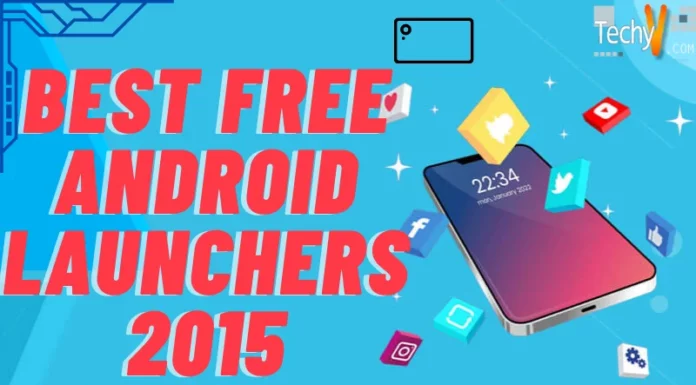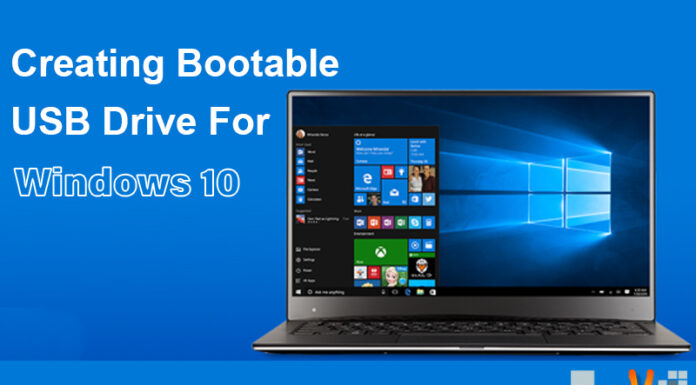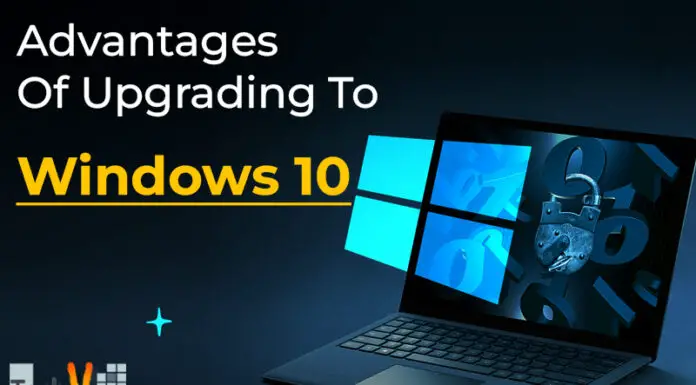‘Honeycomb Ready’ Tablets: Google’s Challenge
At last, a tablet-friendly Android OS version is unveiled! This was announced by Andy Rubin that Android 3.0, or Honeycomb, was tested on a Motorola tablet prototype. This new creation made the budding enthusiasts wild.
The Honeycomb is scheduled to be released next year. With this new OS, third-party users and programmers can develop applications for Android tablets. This will let them create their own thing; not just settle for applications made only for a certain device or the ever famous phone applications.




Google has always maintained the partnership that it has with android manufacturers like the Motorola prototype. There are also times when it has no direct relationship with its other partners like Archos’s bizarre (some mutant-Android services). Despite the fact that Google is claiming no responsibility for the Android, they play a significant role in the Android market.
A lot of tablet manufacturing companies are complaining that there is no tablet-friendly OS. Google’s Froyo OS is designed for phones and are not compatible (or at least performance is not fast enough) for some tablets. No one has been able to produce an OS that would allow third-party developers to generate applications before the Honeycomb. With this, people are going frantic while waiting for its release in order to have the best OS for their tablets.
Because of the anxiety of tablet users, Google brought “Honeycomb ready” program to ensure easy upgrading for the new software. With this, the company and its OEM partners would need to have a discussion on the upgrading issue for Androids to have synchronization.
Rubin is quite confident that the market will be able to drive all the laggards out. However, people do not buy phones and gadgets when they have not yet been released nor will they upgrade when the launching of the upgraded version is not known yet. People’s demands will depend on the quality, price, speed and color of the gadget when it is already in the market.
Because of the popularity of Apple products, Google and its Android manufacturing partners have to step-up for their tablets to compete with the worldwide known iPad. They need to be able to come up with computer software and mobile applications to have a stronger and more varied platform. This has already been done by both Apple and Windows (Microsoft).
Despite the fact that Froyo compatible tablets are not so hot around the world, the new “honeycomb ready” ones may have a better shot of winning over customers and getting a bigger market share. This is now purely up to Google and associate manufacturers to take up the challenge.


















